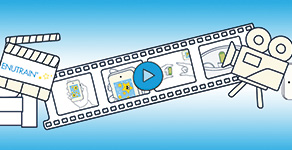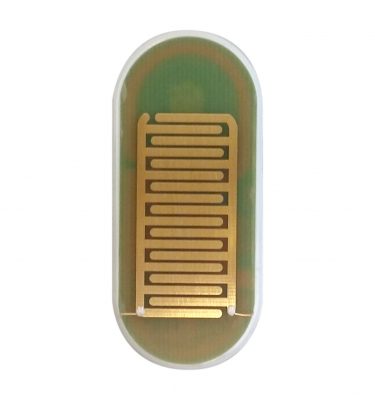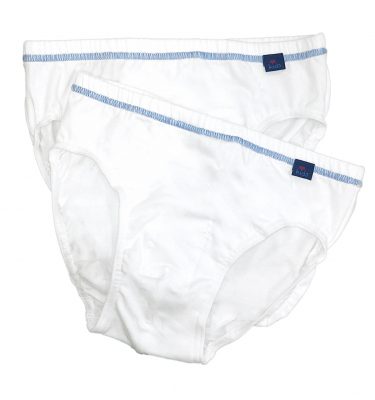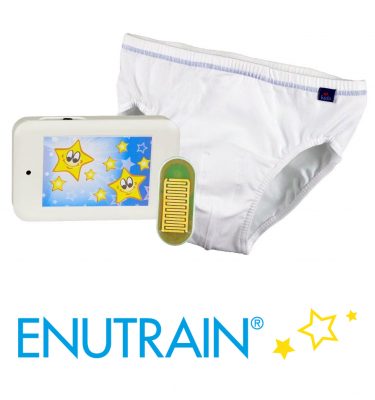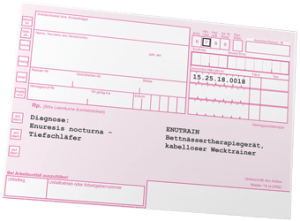Bibliography
Historically, child bedwetting was seen primarily as a psychiatric disorder. This view has changed since the functional disturbances of the organs involved and neurobiological connections have been investigated. Enuresis is not seen today as a single “disease,” but as a complex symptom, which can be attributed to many organic causes.
Our bibliography is designed to provide parents with information into the causes and treatment of enuresis. Bedwetting children need special attention and support from their family. Reproaches due to blame are completely out of place. A child is not responsible for his/her genes and his maturation processes. It is equally important that the child is offered appropriate and effective treatment. Effective, in our understanding means proven effectiveness. Unfortunately, the Internet offers many therapies and suggestions without proof of efficacy or they are even proven ineffective.
For non-physicians, the change in the technical terms that has taken place in recent years can be confusing. The current terminology has been developed by ICCS (2006) [1] and ICI (2008) [2]. The disease now designated as “monosymptomatic enuresis” corresponds to the former “enuresis.” The “non-monosymptomatic enuresis” partially coincides with the earlier concept of “childlike urge incontinence.”

